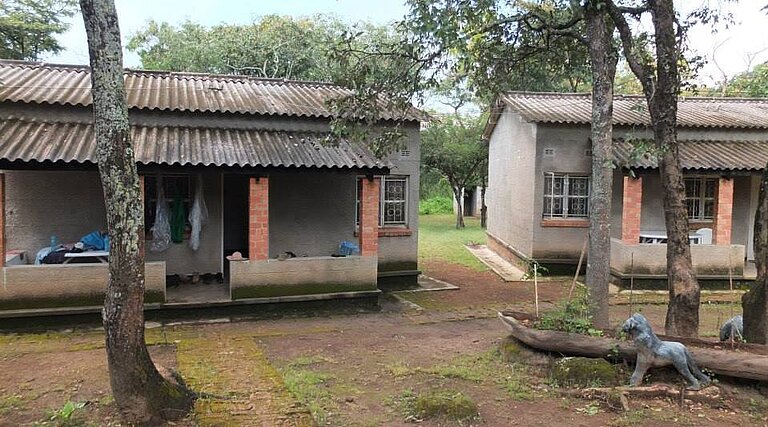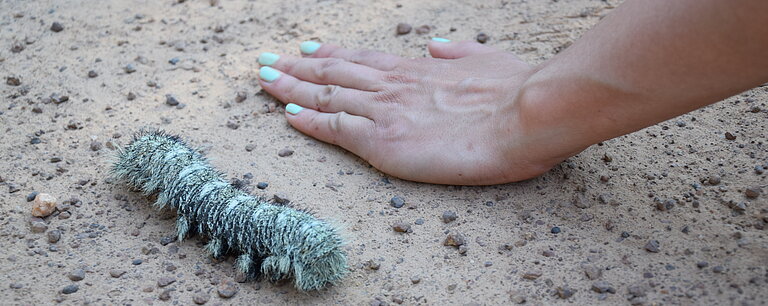Chimfunshi Wildlife Orphanage
The Chimfunshi Wildlife Orphanage Trust is a chimpanzee and wildlife sanctuary located in the Copperbelt region in Northern Zambia (S12°23´, E29°32´). The sanctuary accepted its first chimpanzees in the early 1980s and has since grown to house approximately 130 chimpanzees.
The studies run in collaboration with the MPI are typically conducted at the Project Area of Chimfunshi. The Project Area consists of four woodland enclosures measuring between 19 and 77 hectares which house approximately 100 chimpanzees. The groups were originally formed of rescued, predominately juvenile chimpanzees. Since their original formation, (Group 1: 1984-1989, Group 2: 1990-1994, Group 3: 1995-1999 and Group 4: 2000-20002 (van Leeuwen, Cronin, Haun, Mundry, & Bodamer, 2012)) the groups have grown predominately through reproduction. After an initial phase in which chimpanzees were allowed to breed freely (Siddle, 2002), different forms of reproduction management have been pursued, including subcutaneous implants and oral birth control for females and vasectomies for males. Despite these efforts, some chimpanzees have continued to reproduce within the four groups. As a result, there are juvenile individuals within all groups and high rates of maternal kinship. The chimpanzees in the Project Area are predominately of the schweinfurthii subspecies, except for one adult male in Group 1, that is likely verus, and one adult female in Group 4 that is possibly ellioti. The male in Group 1 is the potential sire of several offspring in G1 which are therefore likely schweinfurthii/verus hybrids. The chimpanzees spend the majority of their days and nights in their outdoor enclosures besides a two hour midday break in which they are called into indoor holding facilities for feeding and possible medical checkups. They are fed a diet of fresh fruits and vegetables as well as maize porridge and have ad libitum access to water.
The four project groups in Chimfunshi share the same habitat; the chimpanzees live along the same stretch of the Miombo forest. They live in separate enclosures, and beyond a small section of mutual visibility between Group 3 and Group 4, they do not interact. The groups consist of a mix of captive-born and wild-born individuals from different populations and therefore do not vary systematically genetically from one another. This setup enables researchers to largely preclude environmental and genetic effects and to investigate and identify other sources of the behavioral variation they observe.

















